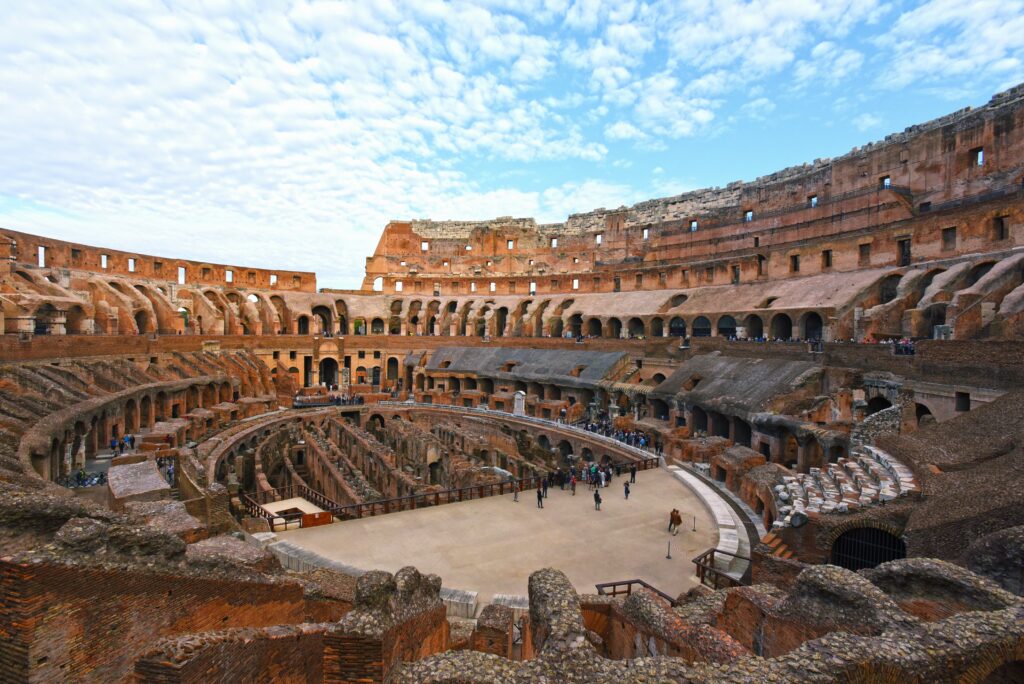The Iron Age, what a fascinating time in history. There isn’t a neat way to group these periods. I roughly look at it as 1200 BCE to the fall of the Western Roman Empire. It gets its name from the widespread use of iron for tools and weapons. During this period, we grew and advanced faster then ever. Empires thriving all around the world and trade networks booming.

The Early Iron Age
In the Early Iron Age, we humans experimented with iron production. A significant shift from the use of copper and bronze. Iron proved to be stronger and more durable, revolutionizing warfare and agriculture. This saws new civilizations blossom in the Mediterranean region. Especially, the Phoenicians, Etruscans, and Greeks.
The Middle Iron Age
As we rolled into the Middle Iron Age these civilizations grew, and new empires emerged in Asia and Africa. Notable among them were the Assyrian Empire, the Achaemenid Empire. And then there was the Maurya Empire in India. People started to believe in new gods. The important religions like Judaism, Hinduism, and Zoroastrianism sprouted.
The Late Iron Age
The Late Iron Age was a time of change and upheaval. It witnessed the collapse of major empires, including the Roman Empire in the end. Yet, new powers like the Parthian Empire burned fast and bright during this time. Trade networks played a crucial role in linking different regions of the world during this era.
Deeper Reading:
- “The Iron Age in Britain and Ireland” by J. Collis – This book provides a comprehensive overview of the Iron Age in Britain, from the arrival of the first iron-using communities to the Roman conquest.
- “The Celts: The People Who Came Out of the Darkness” by Gerhard Herm: This book offers a unique perspective on the Iron Age, focusing specifically on the Celts and their impact on Europe.
